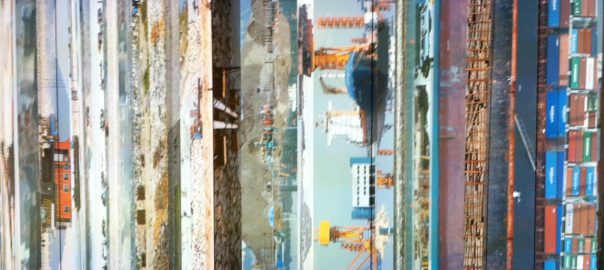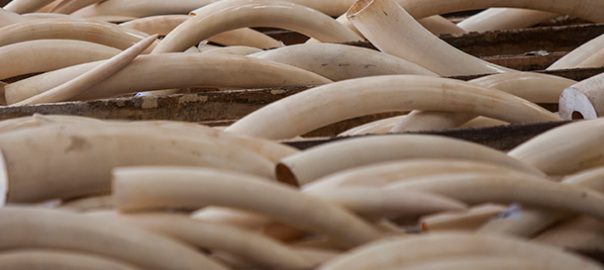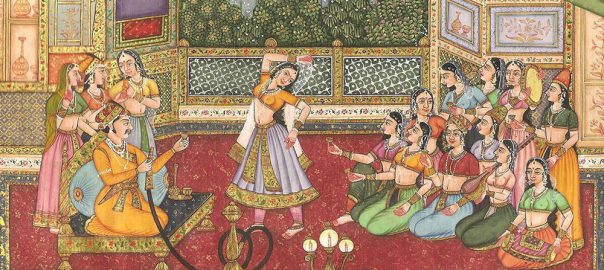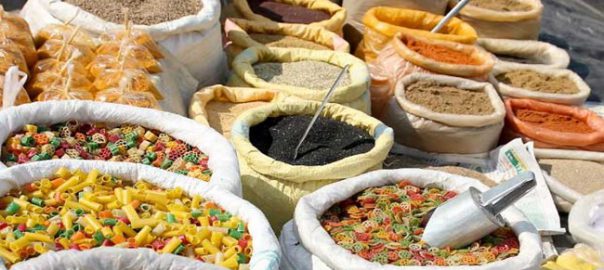It was a really informative tour and interesting story of porcelain and how it tells about the trade and international relations in the past.
My favourite section comes to the section “The Craze for Things Chinese in Europe”. I don’t know why but I found this part exceptionally more amusing as all this time I always thought that China is the one copying Europe, not the other way round, but here it does! So ya…. It feels unusual and thus my favourite object was from this section.
The object I chose is this one:
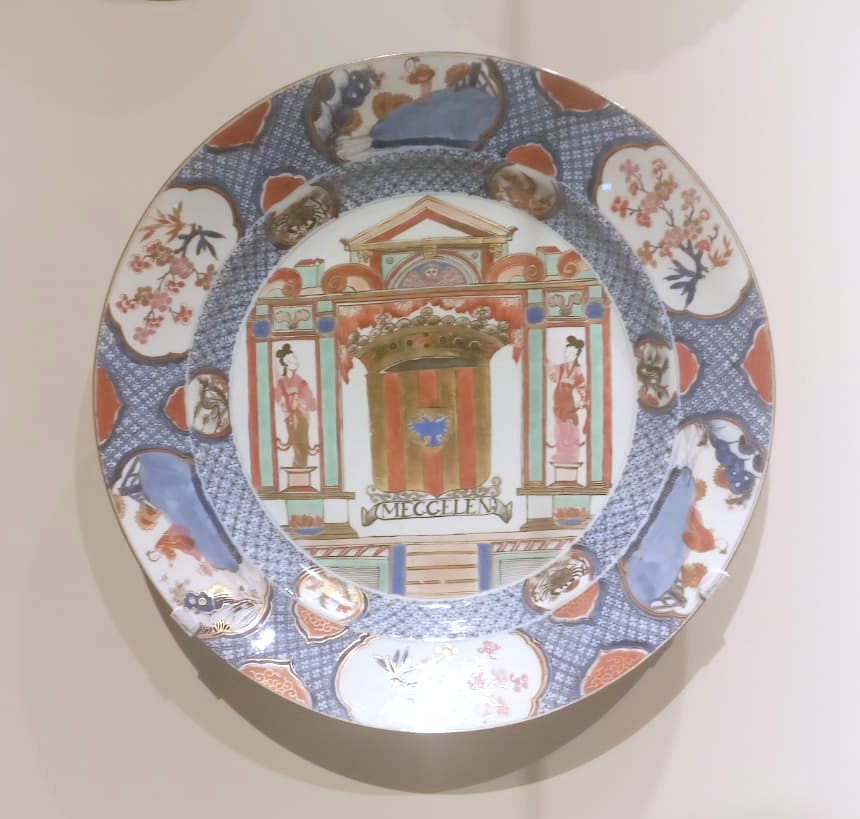
Details taken form https://discover.acm.stqry.com/v/charger-with-arms-of-the-city-of-mechelen/s/dc511e90-c252-40b1-9e0e-98e3d2b4eac5
Charger with arms of the city of Mechelen. China, around 1722. Porcelain. 2015-00393
Shown on the plate is the crest of the city of Mechelen (today in Belgium). The old spelling “Meggelen” is used here.
Even though the story of the wrong family crest being produced due to error while transporting was really interesting, somehow this piece catches my eyes and I ended up liking it.
Here’s a clearer and better resolution photo from the ACM website:

The colour was pretty and it shows the mix of west and east elements. The pictures on the brim also make me feel like there is story to be told, may be. But overall, I really like it as it gives sense of royalty yet welcoming. Imagine eating on this plate, and finishing the dish and have the feeling of “welcome to the city of Belgium!”. Isn’t it inviting to try? 🙂

